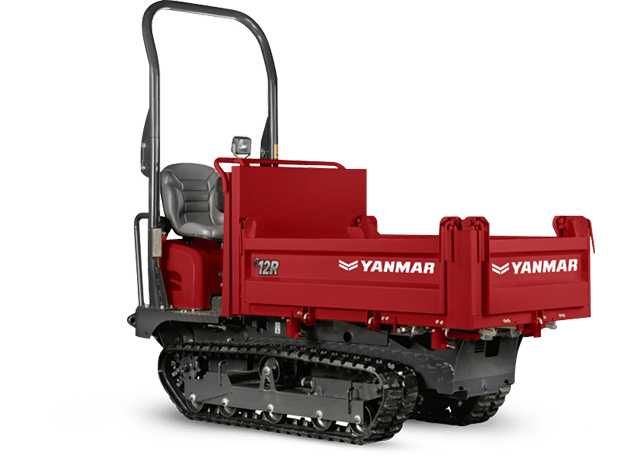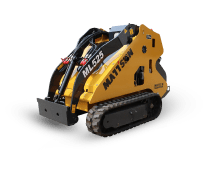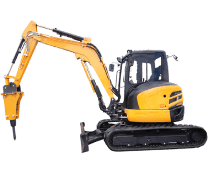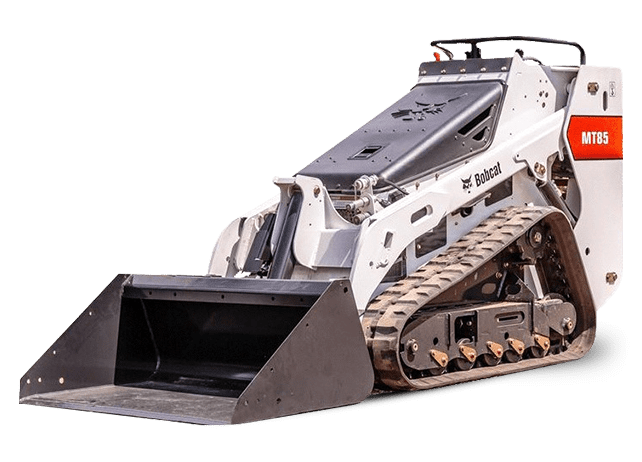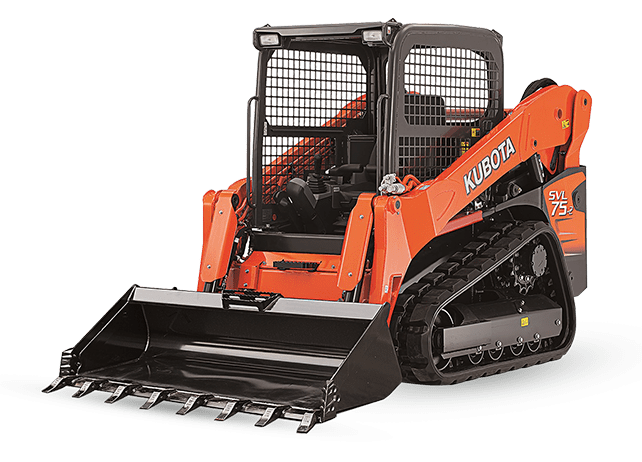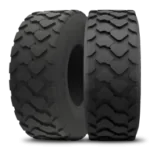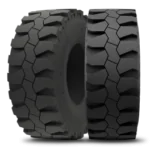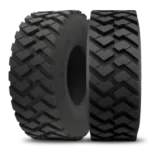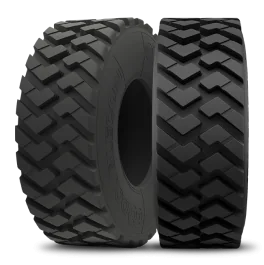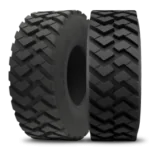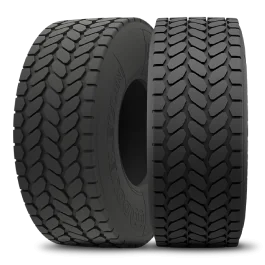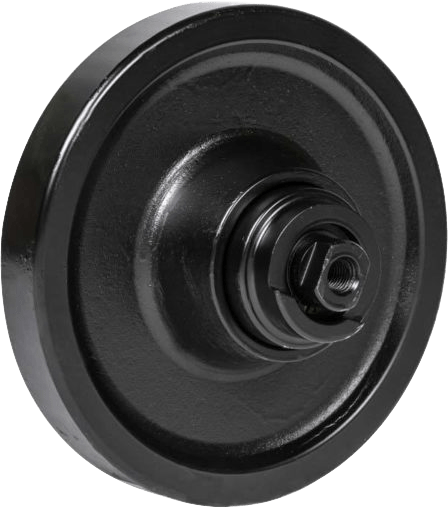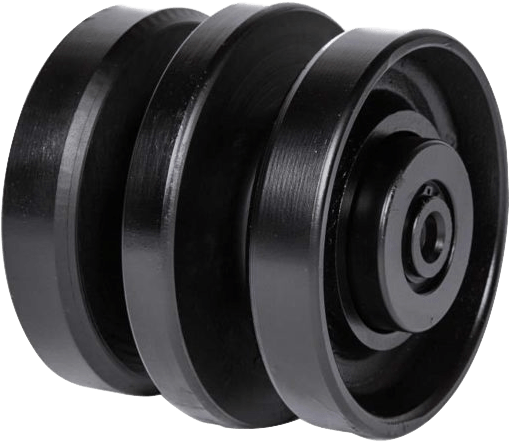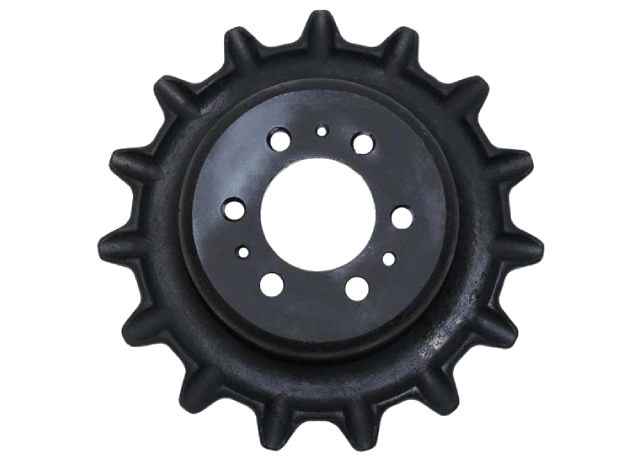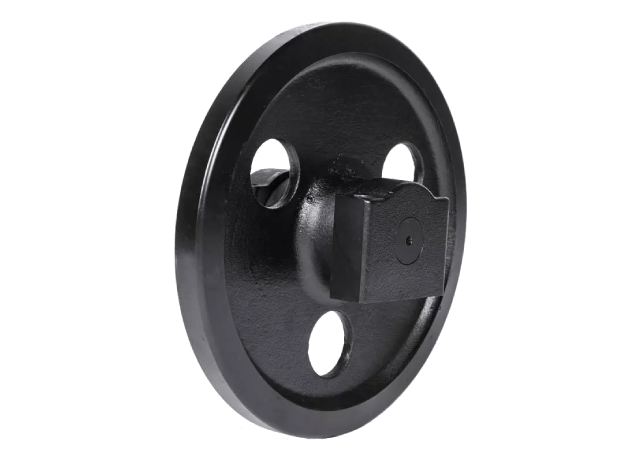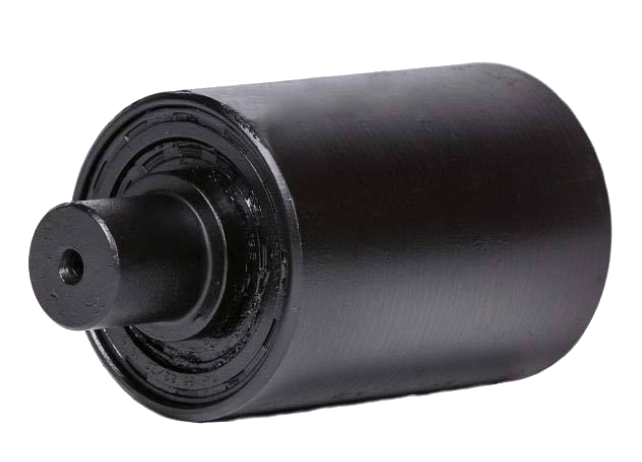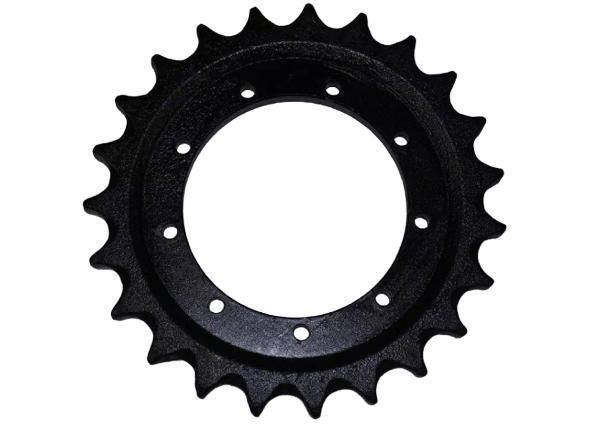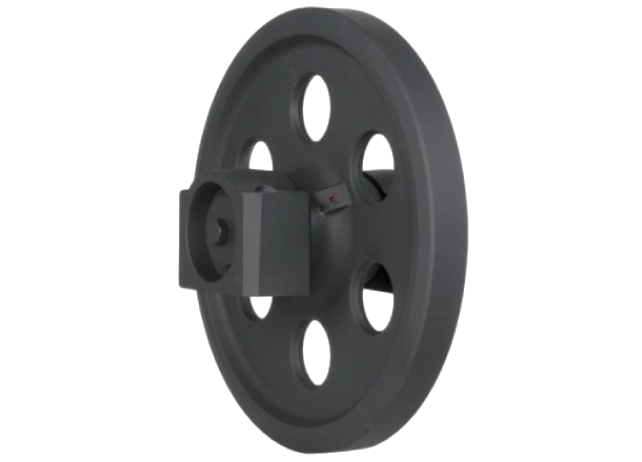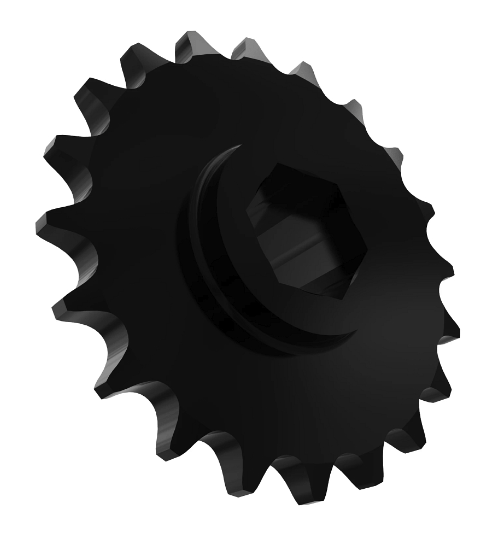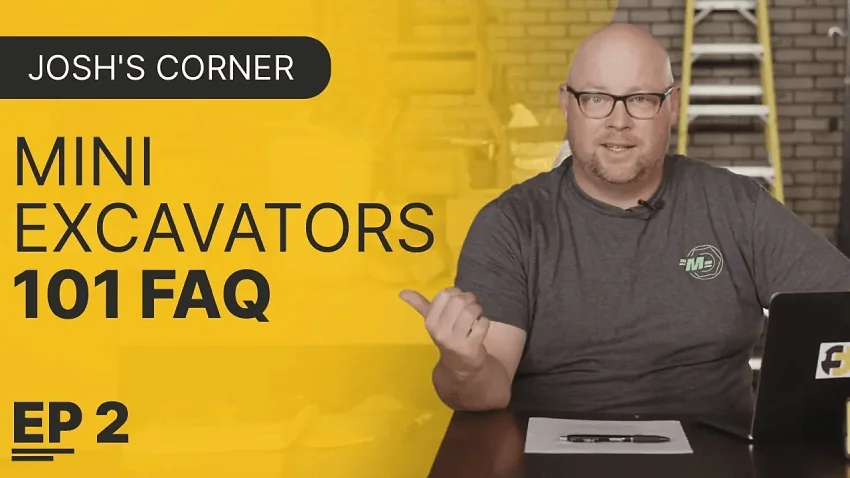Hello everyone, welcome back to another episode of Josh’s Corner, where we delve deep into the world of mini excavators. In this episode, we are answering some of the most frequently asked questions from the internet.
Let’s get started!
Table of Content
What do rubber excavator track numbers mean?
Explained at 00:00 in the video
The rubber excavator track numbers represent different measurements of the track. The large number refers to the width, followed by the pitch, which is the distance between the links, and finally, the link number, which indicates how many links are on the tracks. You can usually find these numbers stamped into the rubber track, often underneath on the inside.
Can you put steel tracks on a mini excavator?
Explained at 00:32 in the video
Yes, you can, but it’s not always straightforward. Some manufacturers require a different idler for rubber and steel tracks. It is essential to check with your manufacturer before purchasing steel tracks to ensure they will fit properly on your mini excavator.
What is the difference between steel and rubber tracks?
Explained at 01:37 in the video
The primary difference is the weight; steel tracks add a significant amount of weight to your machine compared to rubber tracks. Steel tracks are not suitable for surfaces like concrete streets, where rubber tracks perform better. However, in deep mud, steel tracks are more advantageous.
Why do excavator tracks come off?
How many times can an excavator spin left?
Explained at 02:30 in the video
An excavator can spin left indefinitely; there is no limit to how many times it can spin in that direction.
What does pitch mean on rubber tracks?
Explained at 03:06 in the video
The pitch on rubber tracks refers to the measurement between each tine, taken from center to center. It is crucial as it is where the sprocket rides, and having the incorrect pitch can cause problems with the sprocket alignment.
Can you use rubber tracks with a different number of links than the original?
Explained at 03:31 in the video
Using rubber tracks with a different number of links than the original is generally not recommended as it might not work in most applications. It is always best to replace the tracks with ones that have the same number of links as the original.
Final thoughts
That’s a wrap for this round of questions. If you have any other queries, please feel free to reach out to Josh at [email protected] or leave a comment below the video. We love hearing from you and are always ready to help!

